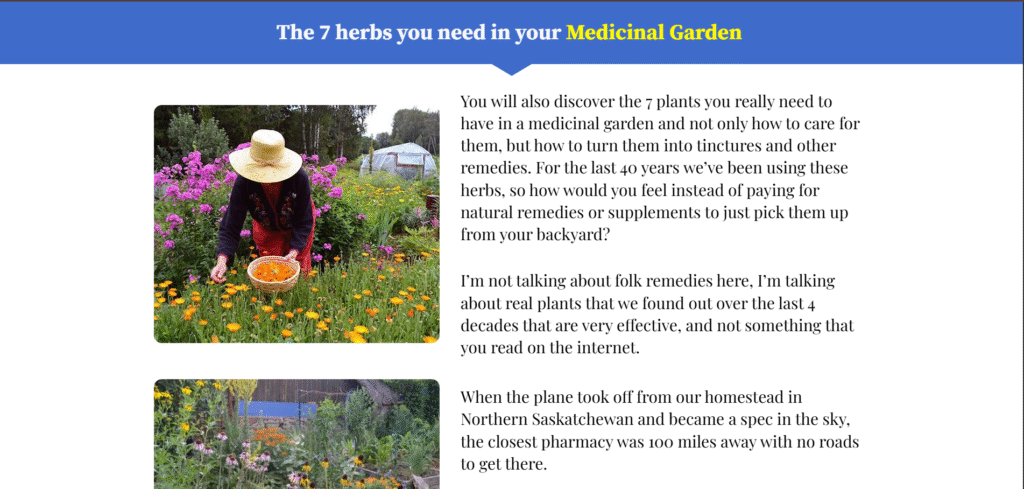
“The Self-Sufficient Backyard” is a practical, in-depth guide designed for anyone looking to become more self-reliant, reduce their dependence on modern systems, and embrace a more sustainable lifestyle. Written by Ron and Johanna Melchiore, two seasoned homesteaders with over 40 years of off-grid living experience, the book is an inspiring and highly educational manual for transforming your home and land into a productive, self-sustaining haven.
A Wealth of Experience
What sets this book apart is the sheer depth of experience the authors bring. Ron and Johanna have spent decades living off the grid in remote wilderness areas, from the Canadian bush to rural Pennsylvania. Their knowledge isn’t hypothetical or idealistic, it’s hard-won, practical, and grounded in real-life success and failure. This lends the book an authenticity that many DIY or homesteading guides lack.
What’s Inside
The book covers a comprehensive range of topics, including but not limited to:
- Growing Your Own Food: Learn how to set up low-maintenance vegetable gardens, fruit orchards, and root cellars for storing your harvest.
- Raising Livestock: Tips on keeping chickens and other small animals for a steady supply of eggs and meat.
- Water Collection and Purification: Methods for harvesting rainwater and setting up a self-sufficient water system.
- Energy Solutions: A breakdown of hybrid solar and wind energy systems, and how to set them up based on your location.
- Preservation Techniques: Step-by-step instructions on canning, dehydrating, and storing food without refrigeration.
- Medicinal Gardening: A detailed section on the seven essential plants for a medicinal garden, based on what the authors actually use and grow.
Each chapter includes easy-to-follow, step-by-step instructions and detailed illustrations. There are no fluff sections; everything has a purpose and is designed to be directly actionable.
Practical Projects for Every Home
One of the book’s strongest features is its collection of DIY projects. From building a composting toilet to setting up a solar-powered greenhouse, these projects are well-documented and accessible. Even beginners can follow along with minimal confusion. The authors make sure to outline what materials you’ll need, what the process involves, and how much time and effort to expect.
Many of these ideas are scalable. Whether you live on a large rural plot or a modest suburban lot, you can apply the concepts in a way that suits your property size and resources.
Benefits of Self-Sufficiency
The book doesn’t just focus on tasks—it also emphasizes the benefits of self-sufficient living. These include:
- Improved health: By growing your own food and herbs, you know exactly what’s going into your body.
- Financial savings: After the initial setup costs, you’ll spend less on utilities, groceries, and medicines.
- Resilience: Self-sufficiency means you’re better prepared in the event of food shortages, natural disasters, or economic instability.
- Mental well-being: Living close to nature and relying on your own skills can bring a deep sense of fulfillment and peace.
Scientific and Holistic Insights
A unique aspect of the book is its discussion of the antioxidant and anti-inflammatory effects of natural living. The authors touch on how fresh produce, clean water, and a toxin-free environment support your body’s immune system and overall wellness. There’s even a brief exploration of cellular health and the apoptosis of peripheral blood cells, connecting clean living with potential long-term health benefits.
Choosing the Right Tools
To get the most from the book, readers are encouraged to invest in tools like a hydrogen water bottle or other eco-friendly technologies that can amplify the health benefits of their new lifestyle. The authors also offer advice on choosing the best hydrogen water, understanding its properties, and how it fits into a self-sufficient home.
Downsides to Consider
While the book is a treasure trove of knowledge, a few points should be noted:
- Initial Investment: Many of the systems described (like solar energy or rainwater harvesting) do require upfront costs. However, they typically pay for themselves over time.
- Space Requirements: While scalable, some ideas—like keeping livestock or building multiple garden zones, may not be feasible for urban readers.
- Commitment: True self-sufficiency demands time, effort, and lifestyle adjustments. Readers must be ready to embrace change and get their hands dirty.
Final Thoughts
The Self-Sufficient Backyard is more than just a guide—it’s a call to action for anyone looking to live with greater independence, purpose, and harmony with nature. Whether you’re just starting your journey or looking to refine your current setup, this book delivers practical tools, insightful commentary, and deeply inspiring stories from two people who’ve truly lived the life they write about.
Highly recommended for gardeners, off-gridders, sustainability enthusiasts, and anyone concerned about the fragility of modern supply chains.


